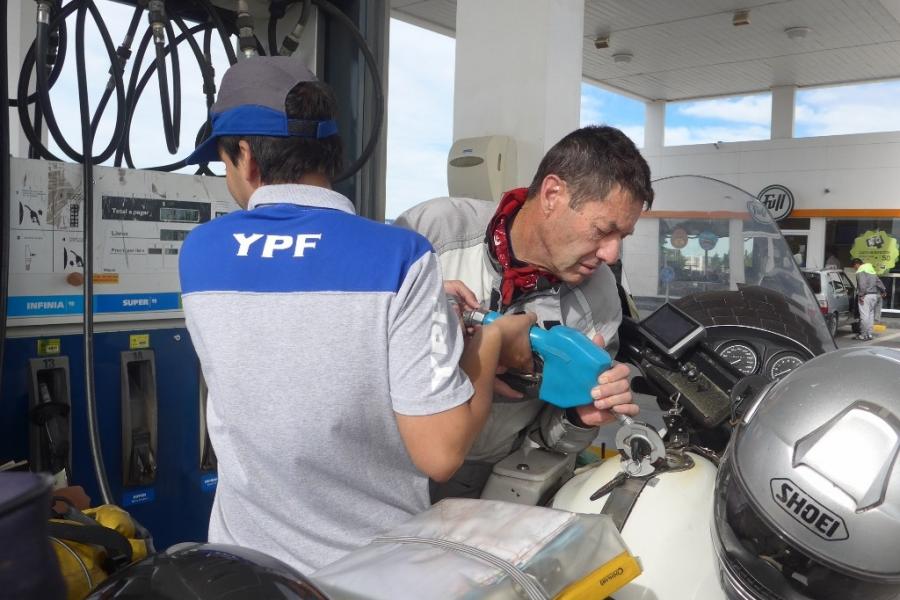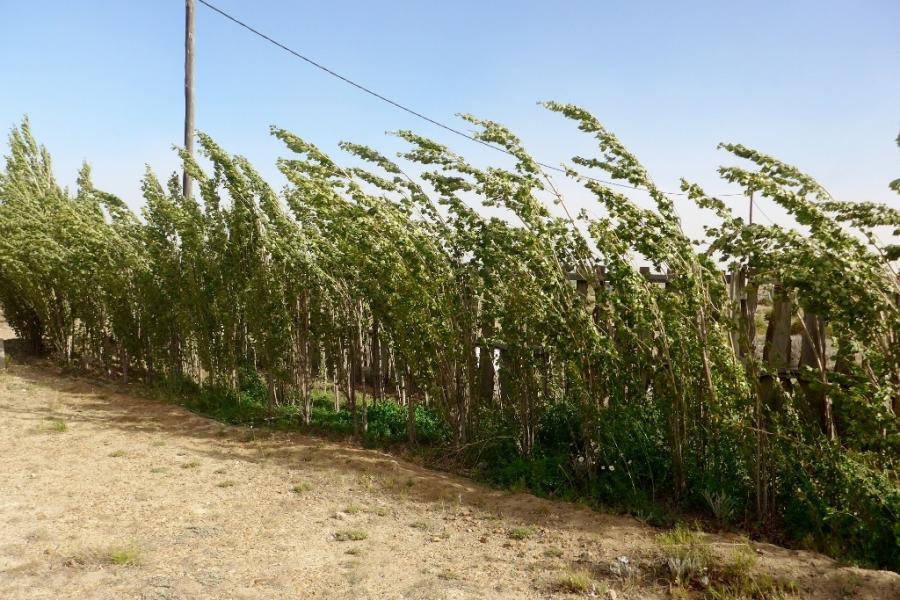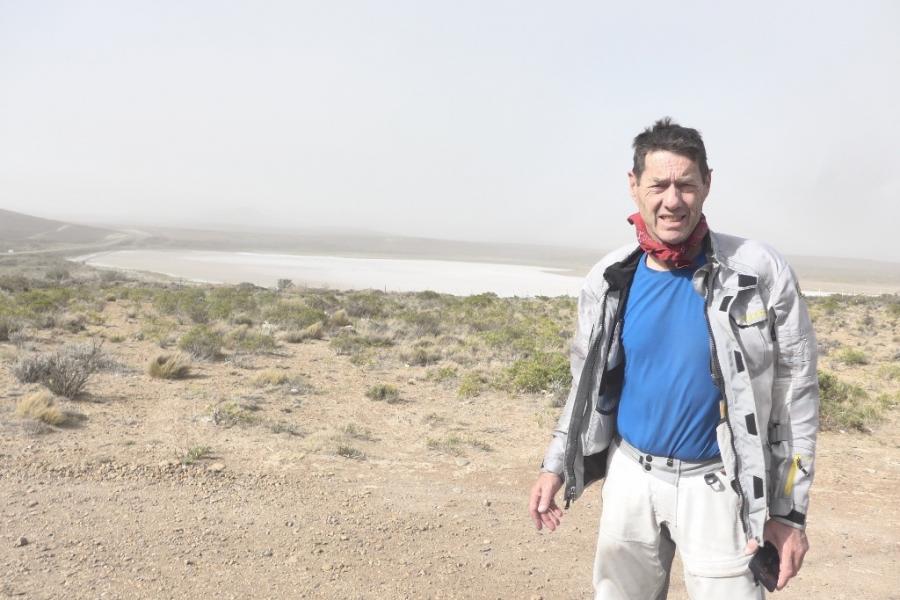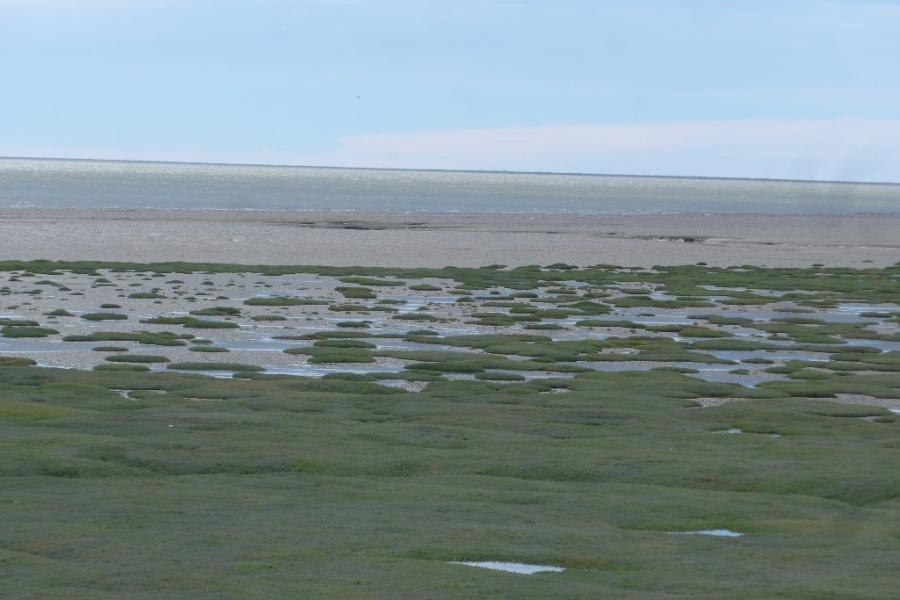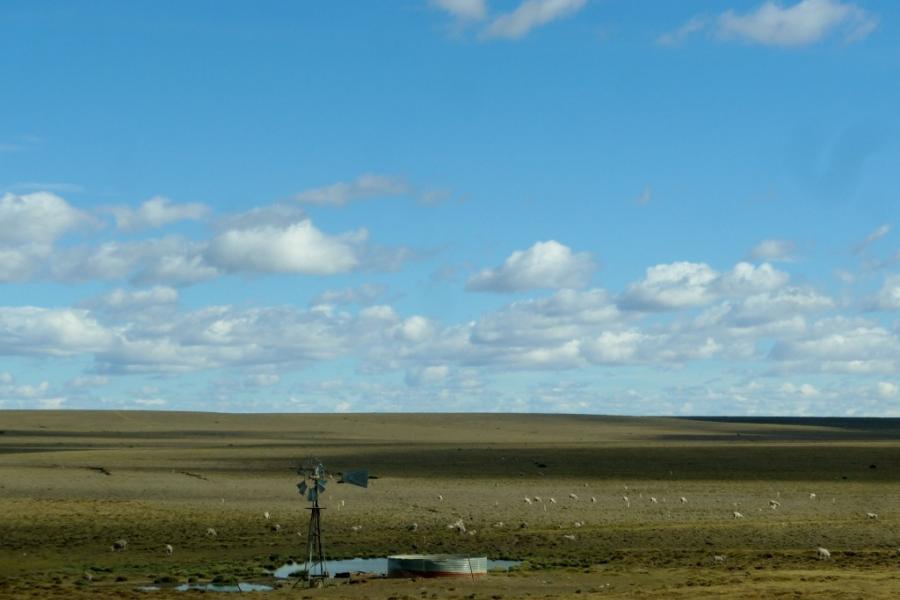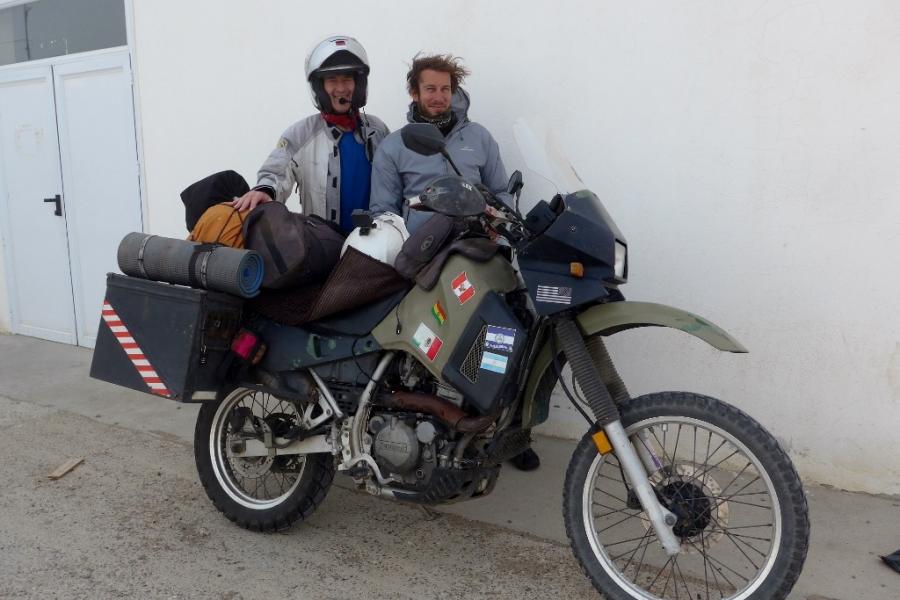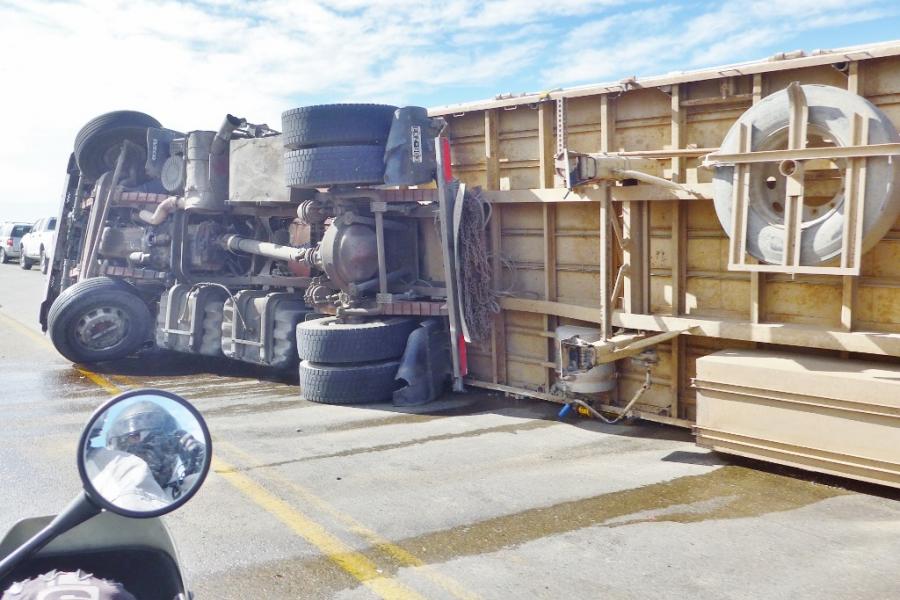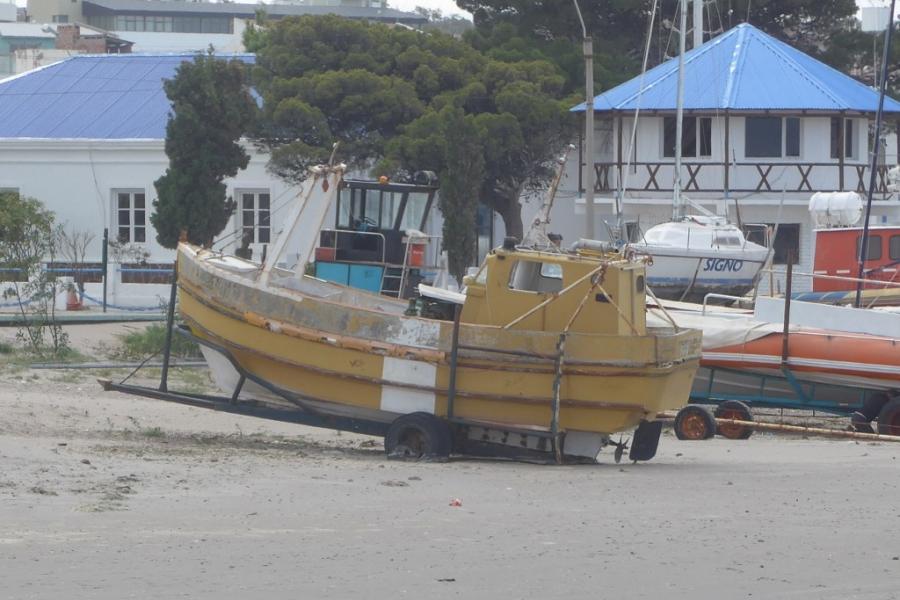Some things about Wind (Originally posted 19 Dec 2016)
Country
We could never say we weren't warned. Every bike rider who has made the pilgrimage to Patagonia at the bottom of South America has something to say about it. Their stories and blog posts and their conversations huddled together at chance road-stop meetings all come back to this one issue. Here at the end of the world, the wind is a beast, a living breathing animal. When riders meet down here, the questions of wind are rhetorical, asked in shorthand and answered with raised eyebrows or wry smiles.
There are plenty of stories of riders pushed off the road, knocked down or simply becoming exhausted by the constant battle to keep going. Close friends were knocked down by the wind while stopped on the side of the road. The fall resulted in serious injury and a cautionary tale for Team Elephant.
The Patagonian wind is both strong and constant, caused by a strong north-south surface pressure gradient between the semi-permanent subtropical high-pressure centres (cells) in the subtropical Pacific and Atlantic oceans and the sub-polar belt of low-pressure centred approximately on the Antarctic Circle. The Pacific high-pressure zone is further south and closer to the eastern coast of South America resulting in a constant westerly wind which accelerates over the Andes and races across the plains and steppes where not a tree stands in its path. For Patagonia is a treeless plain that would consume a hundred Nullabors. It is immense, empty and windswept down to the sea.
The summer brings higher winds, often over 120 km/h and sometimes as high as 200 km/h. For long periods the velocity doesn't drop below 50 km/h. The 30 to 40 km/h day is the common experience. On day five of our journey, we stopped mid-morning for fuel. The wind was howling like a wounded animal. The place was run by a family and the son pumped the gasoline. When I asked him how windy it would be that day he reached across Elephant's dash.
“Este viento”, he said and pointed to the 140 number on the speedo. We still had 240 km to go and I knew then it was going to be a tough day.
Bike riders don't like riding in wind. I don't like riding in wind. It pushes the bike around on the road and the faster you go the wilder the gyrations it can cause. Elephant has a particular wind-weakness in its high windscreen. This curved surface acts like a little vertical wing attached to the steering so that the bike rides like it has a flat front tyre and, with the wind at certain angles, requires strong and constant work on the steering.
We started our week in Buenos Aires and ended it 3000 km south in the small city of Rio Gallegos (hay ey hos). That 3000 km puts us more than 51º South of the Equator. This once isolated and forgotten town, is now spruced up as the home of the presidents Kirchner and is one of string of boom towns running down the east coast. This unassuming place doesn't see many tourists and makes its money from coal exports from Argentina's only coal mine, from wool, sea food and as home to several military bases.
For the six days it has taken to get down here the wind has blown hard for five and been an inconvenience for the other. The main effect of this has been to make it a very long and tiring journey. With the wind blowing 60 to 80 km/h amidships, I have kept the bike at a speed where I felt I was vaguely in control. This has meant many hundreds of km at 60 to 80 km/h in 4th or 5th gear. For some stretches where the wind has been stronger and wailing like a banshee, 40 km/h was the best we could manage.
The wind brings with it a real sense of vulnerability for a bike rider. On the treeless steppes where nothing breaks the flat horizon and the villages are 200 km apart, there is simply nowhere to hide and nothing to do but go forward. In a way, the riding is the easy part. I am fully engaged and, as interminable as the ride is, it passes quickly enough for me. Jo, however, has plenty of time to consider the options and possibilities (some of which are dire) and to think about all the things that could happen. Despite this, she remains confident and thinks up new things to chat about even when my responses are reduced to grunts for long periods. It is these times that I clearly see our strength as a team.
Despite all this, or perhaps in part because of it, we have managed to stick to the schedule we decided for the trip south without using any of the four slippage days we included. With just two days riding remaining to get to our Christmas destination at Ushuaia we have decided to use one of our reserve days. We are having a quiet Sunday in a town where quiet Sundays are the only kind.
I'm not sure what comes from proving to myself that you really can ride a bike in wind so strong that it will blow you off your feet if you are not braced against it. Perhaps it is only that one day, when I am an old man and only up for talking about the great rides, someone will complain about strong winds and I will be able to sit back, stroke my grey beard, raise an eyebrow and say, “When I was a young man I rode to Patagonia...” and that should settle the argument.

